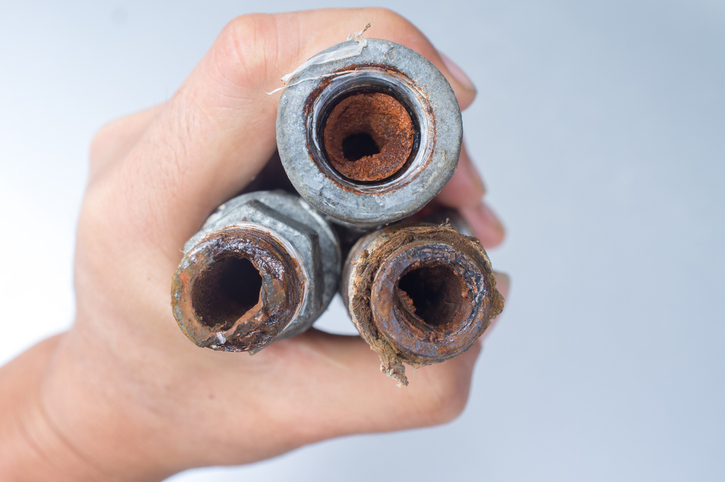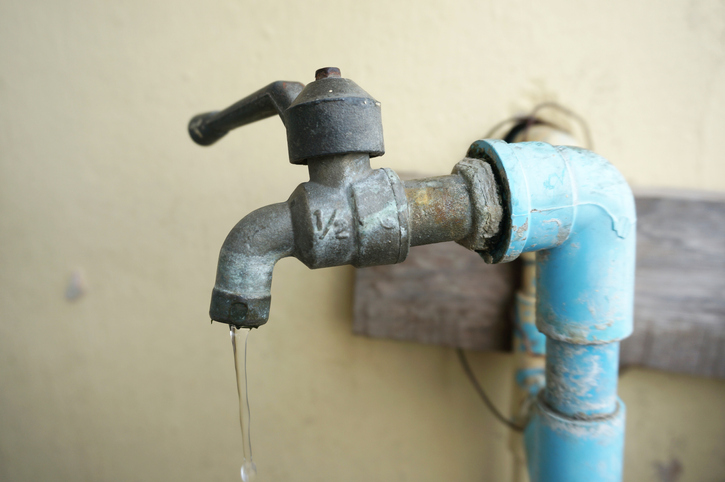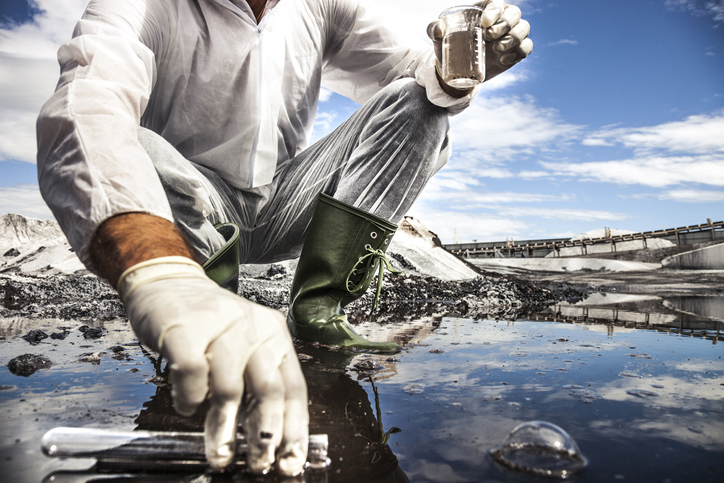Illinois has filed suit against a company that provides water to a Chicago suburb after it made changes to the chemical additives in the water supply without permission from state regulators. The suit goes on to allege that the change caused lead to contaminate the village’s drinking water.
The problems started in 2017 when Aqua Illinois switched the source of the village’s water from groundwater wells to the Kankakee River. The suit alleges a chemical added to the water system to address resident’s complaints about …
Continue Reading









